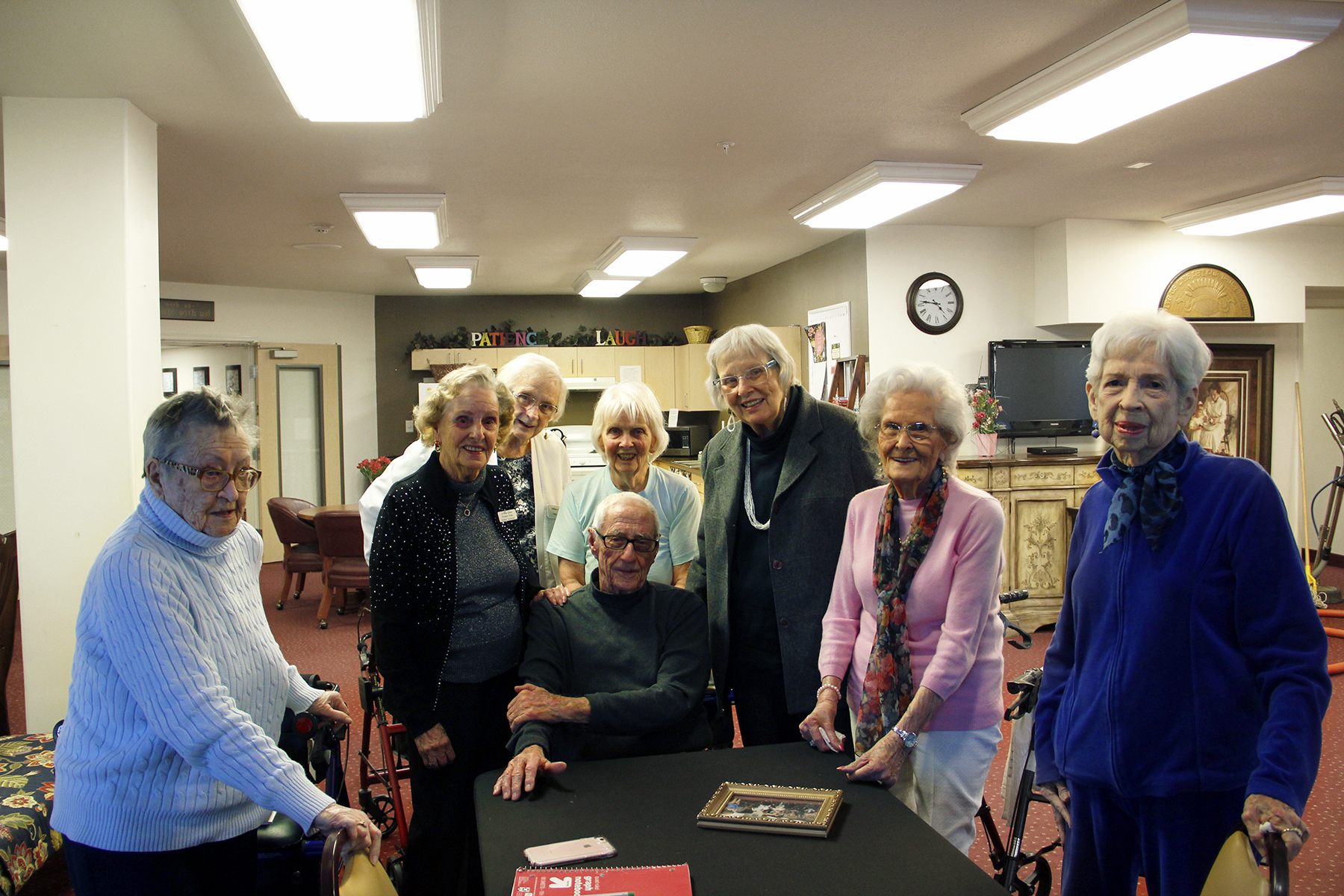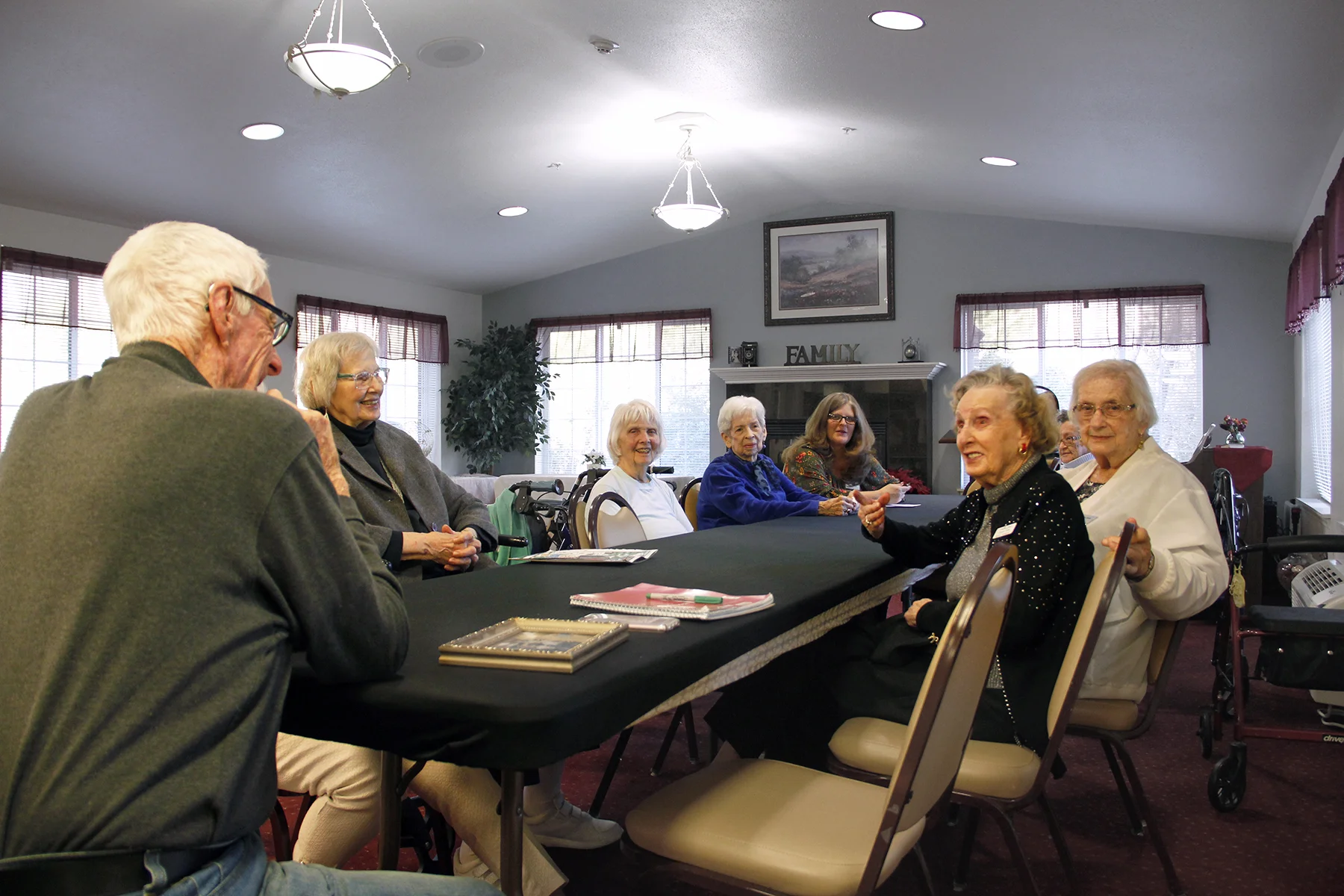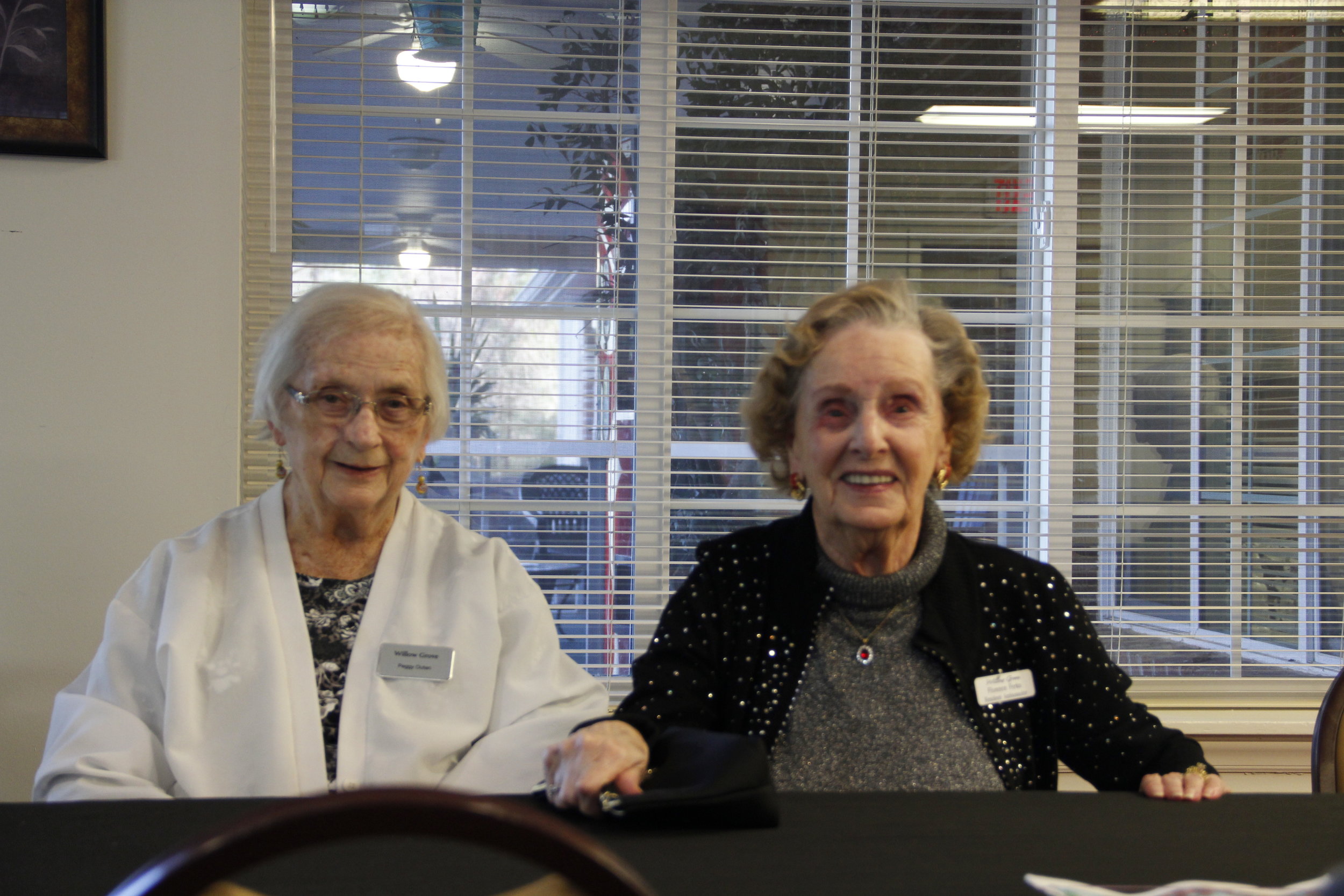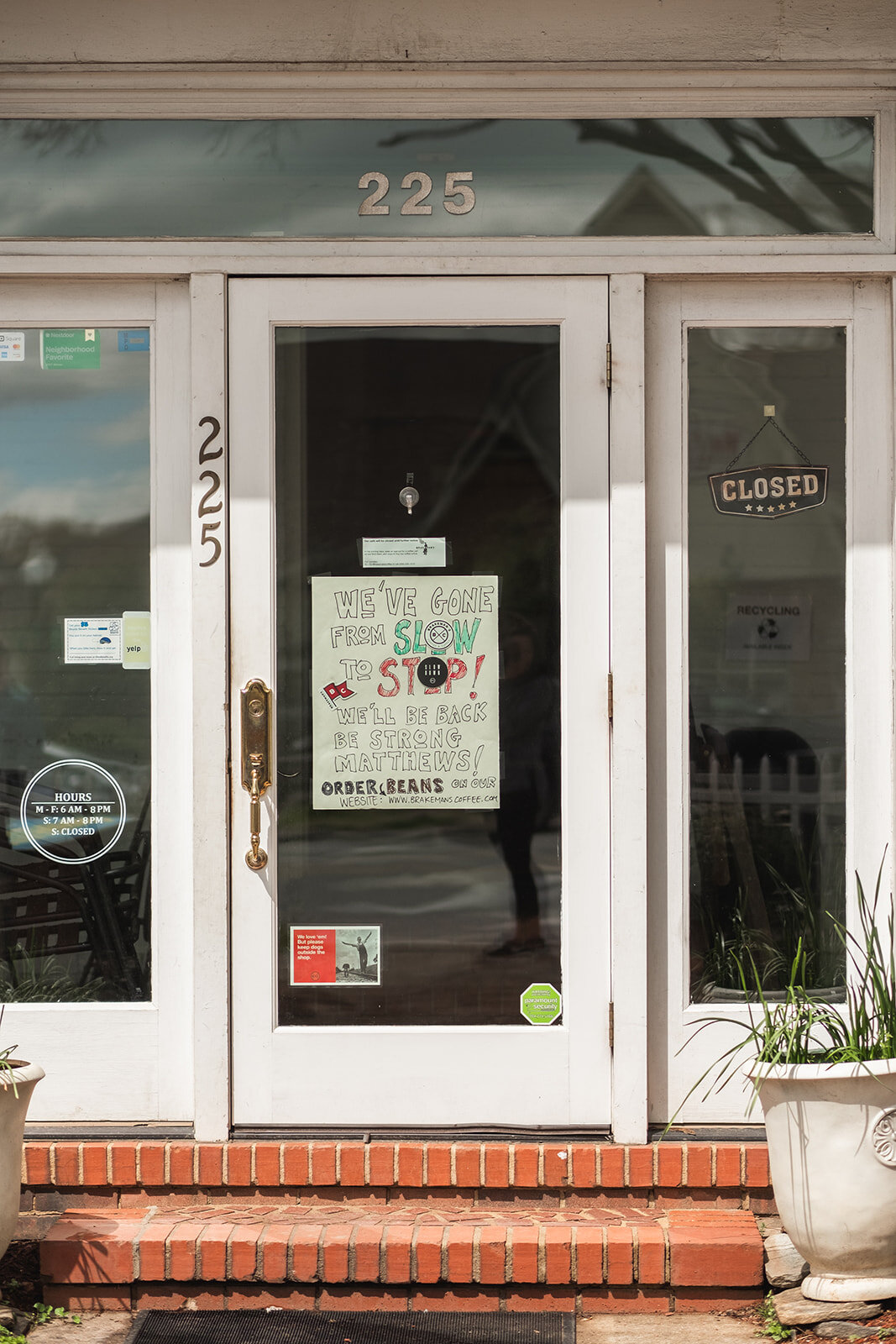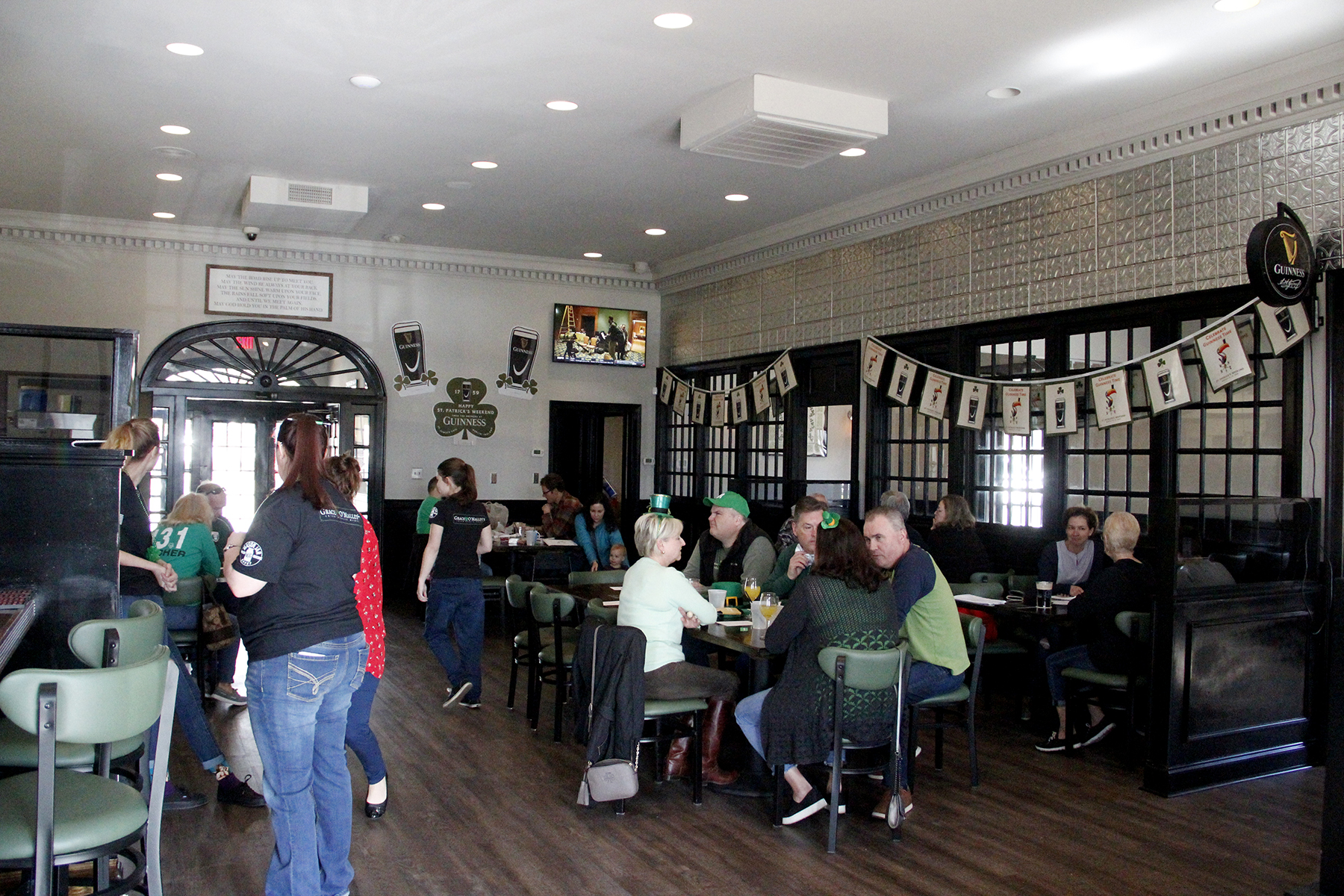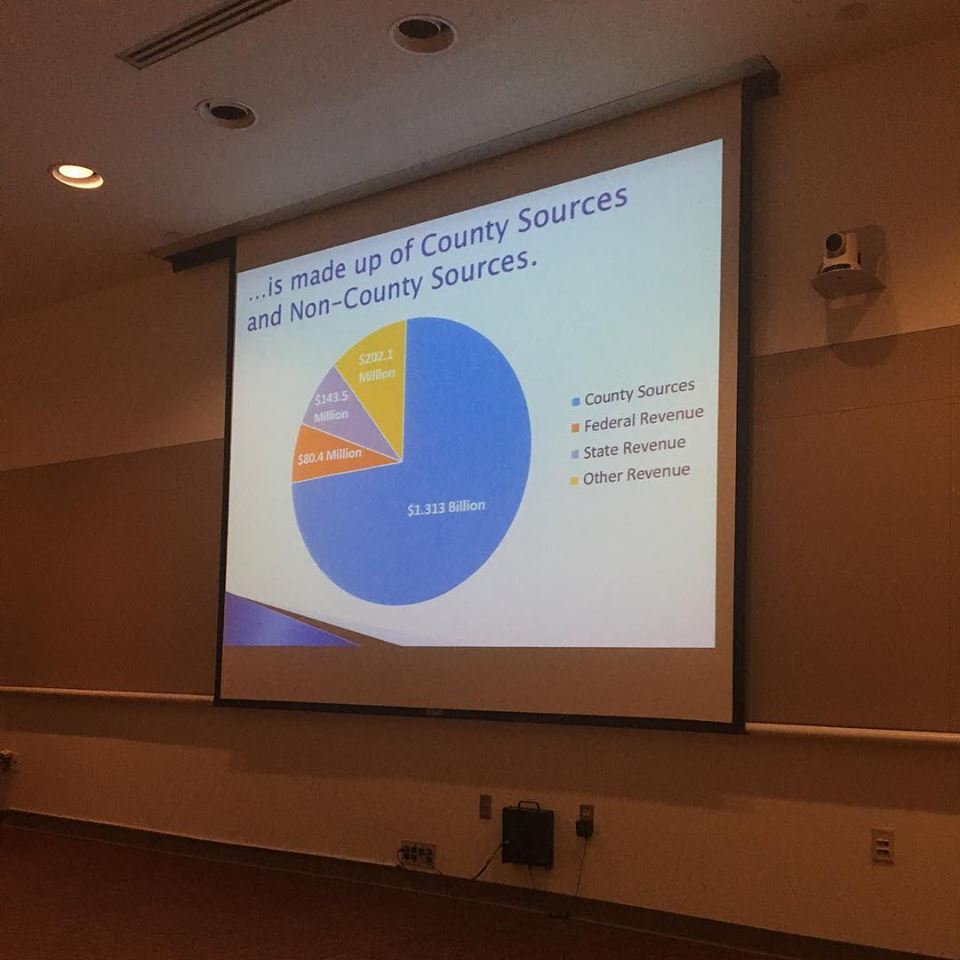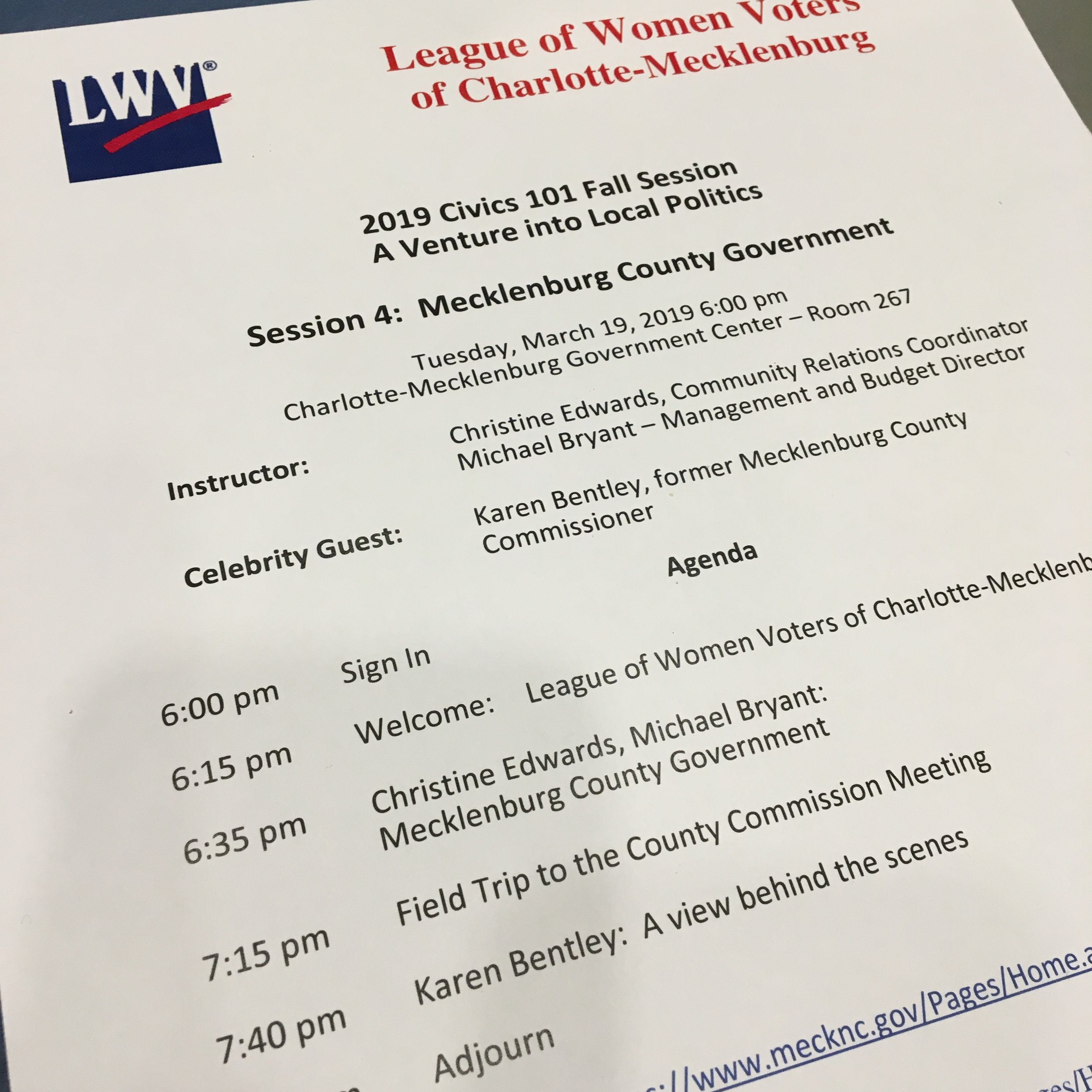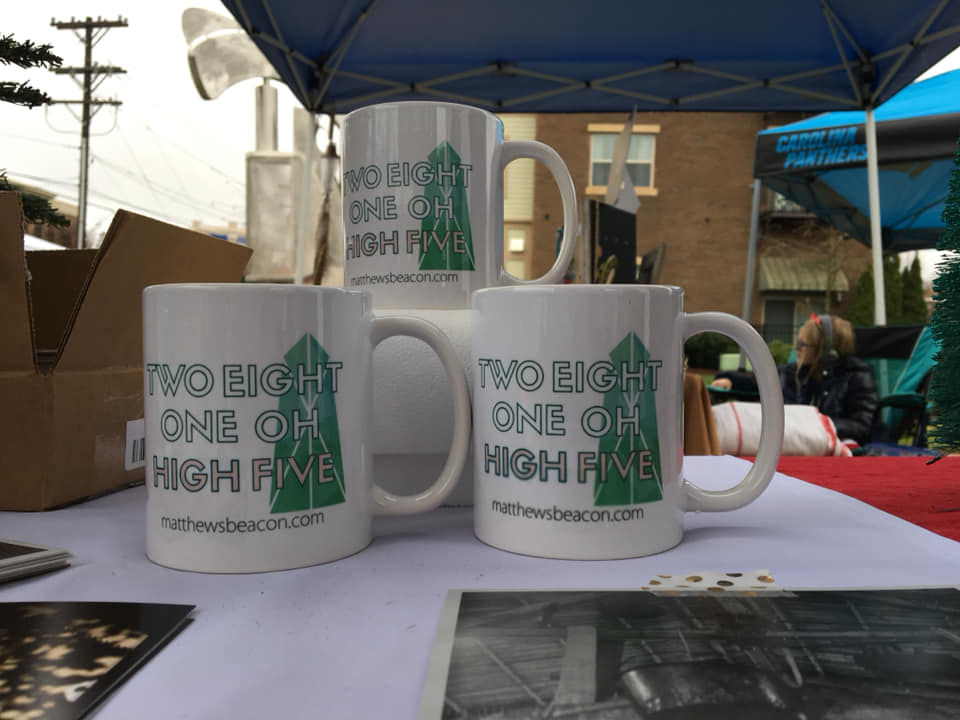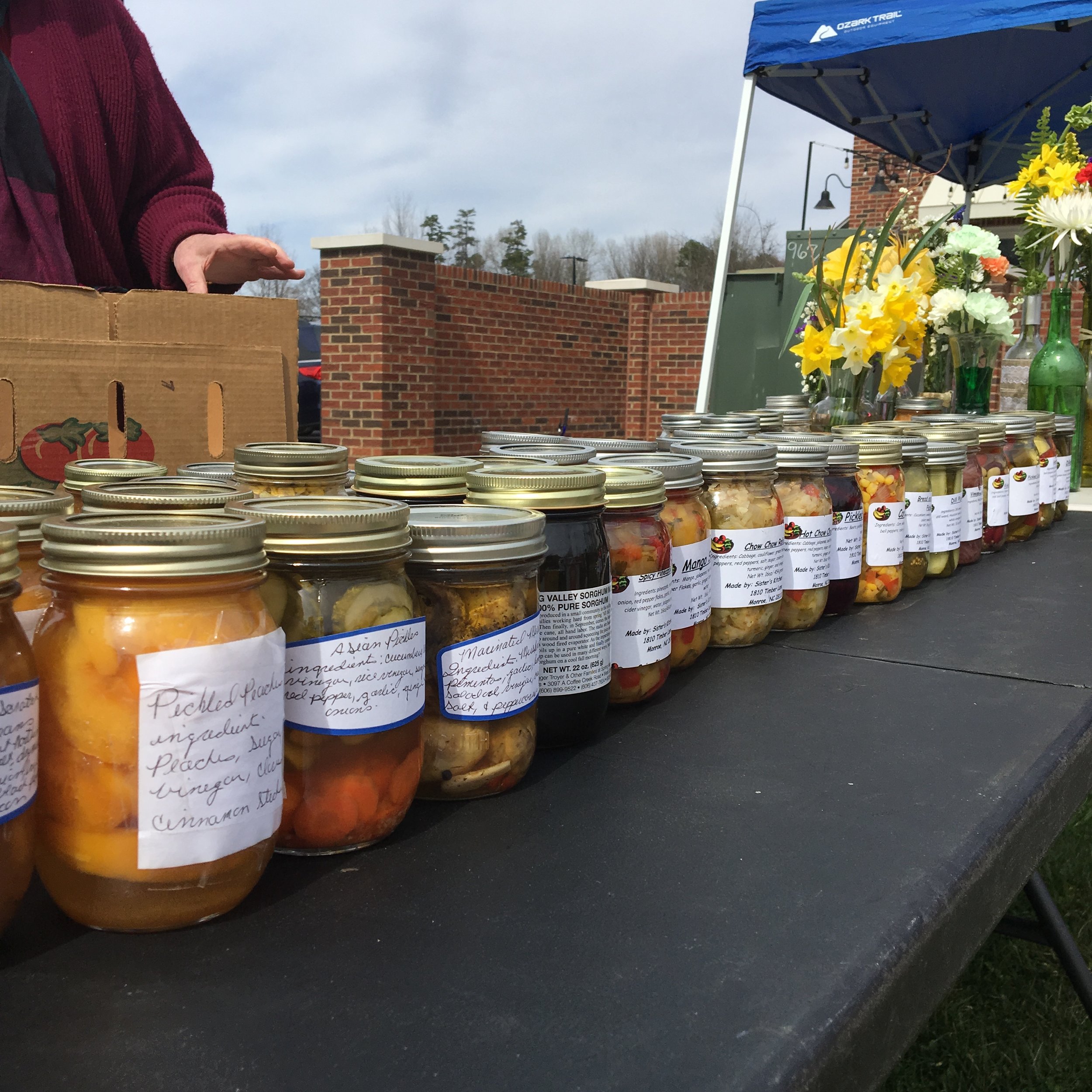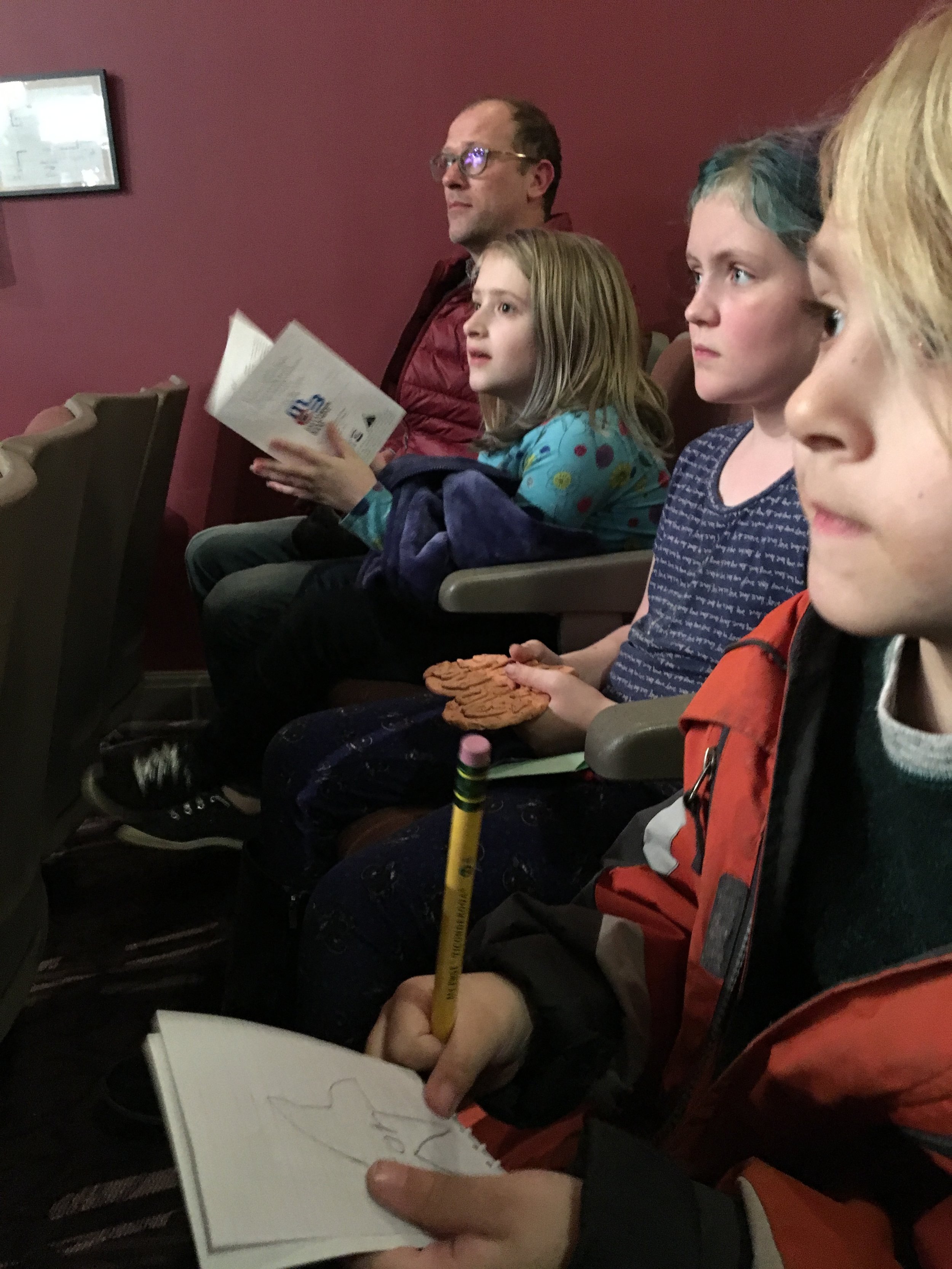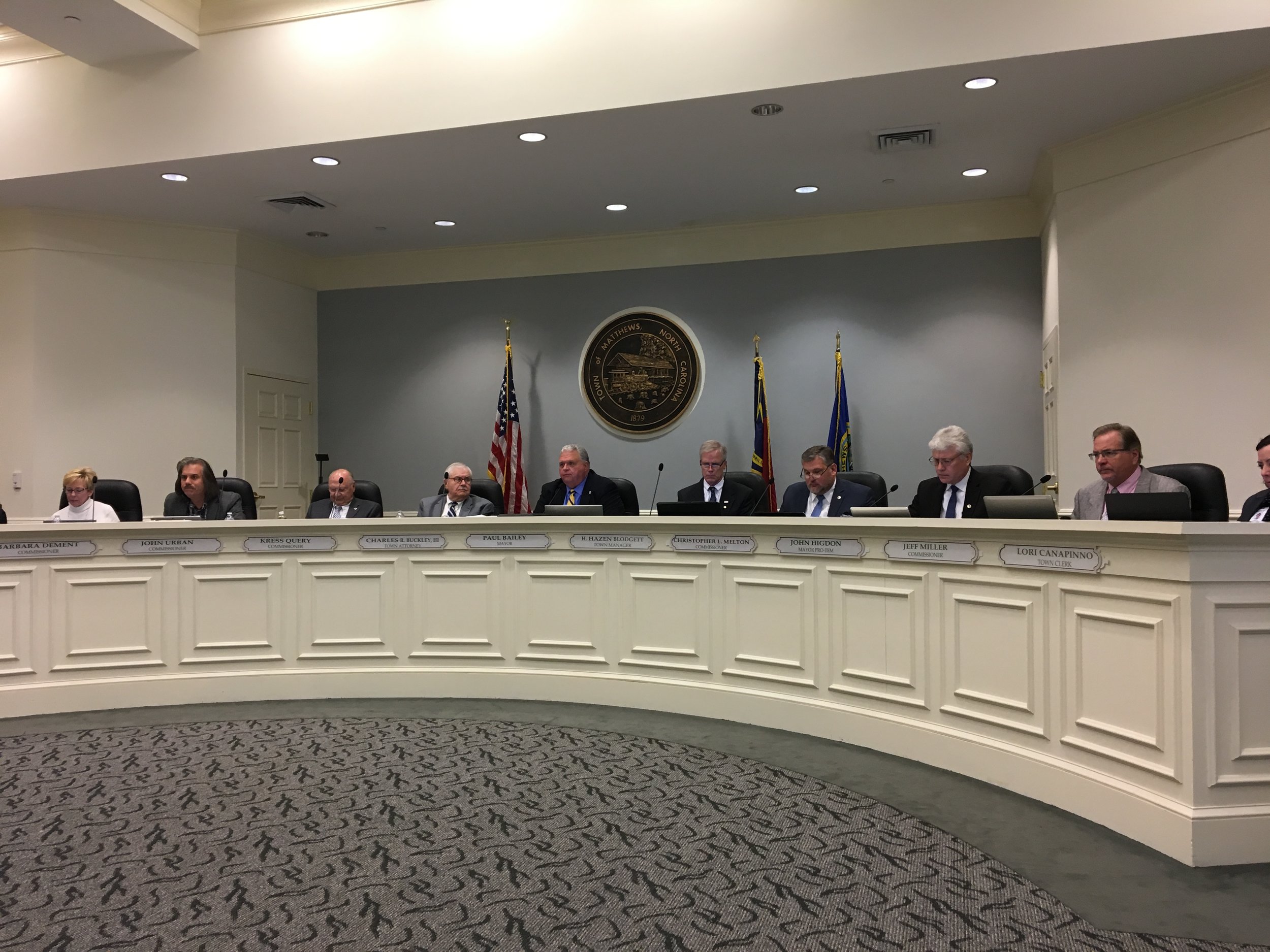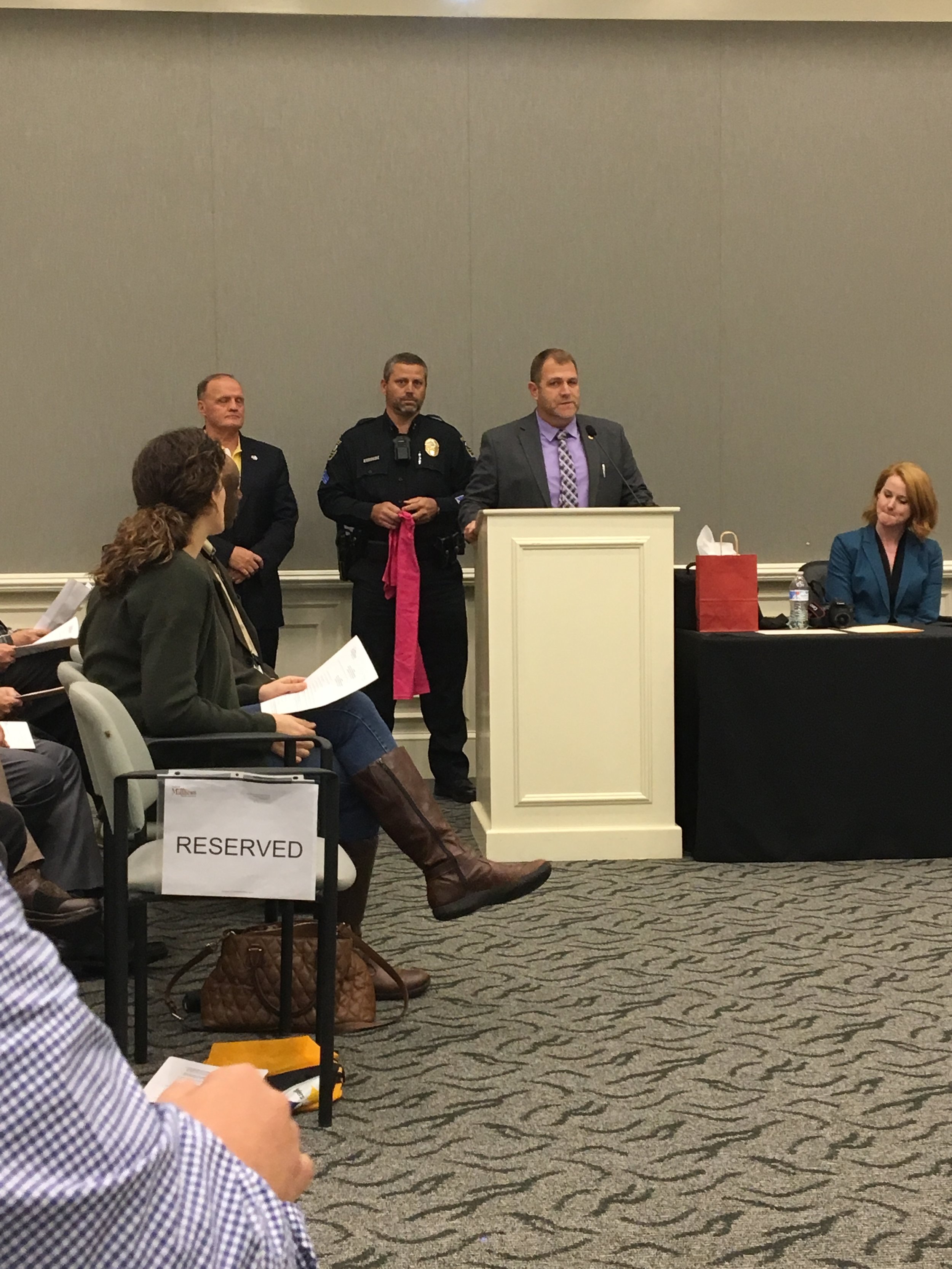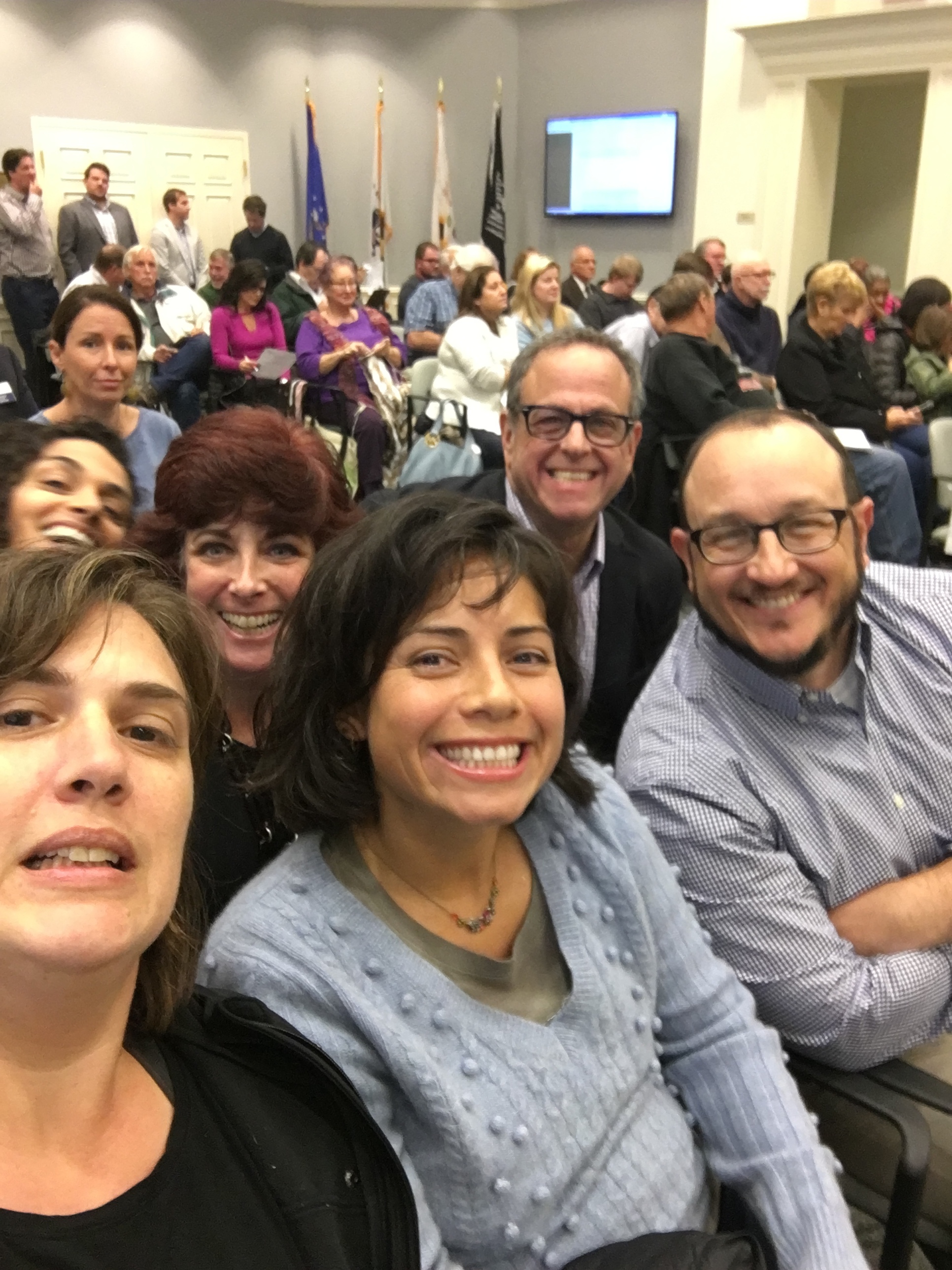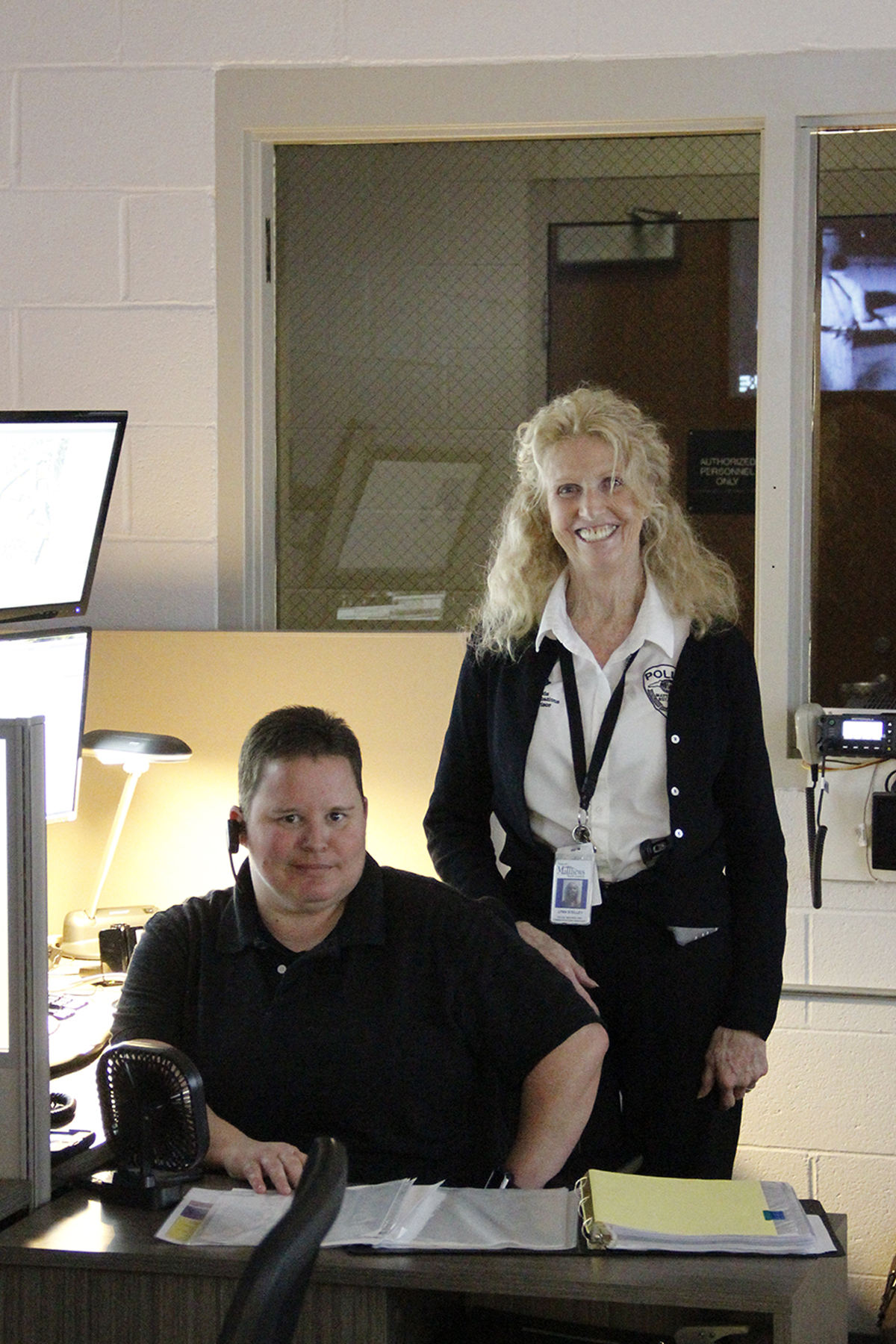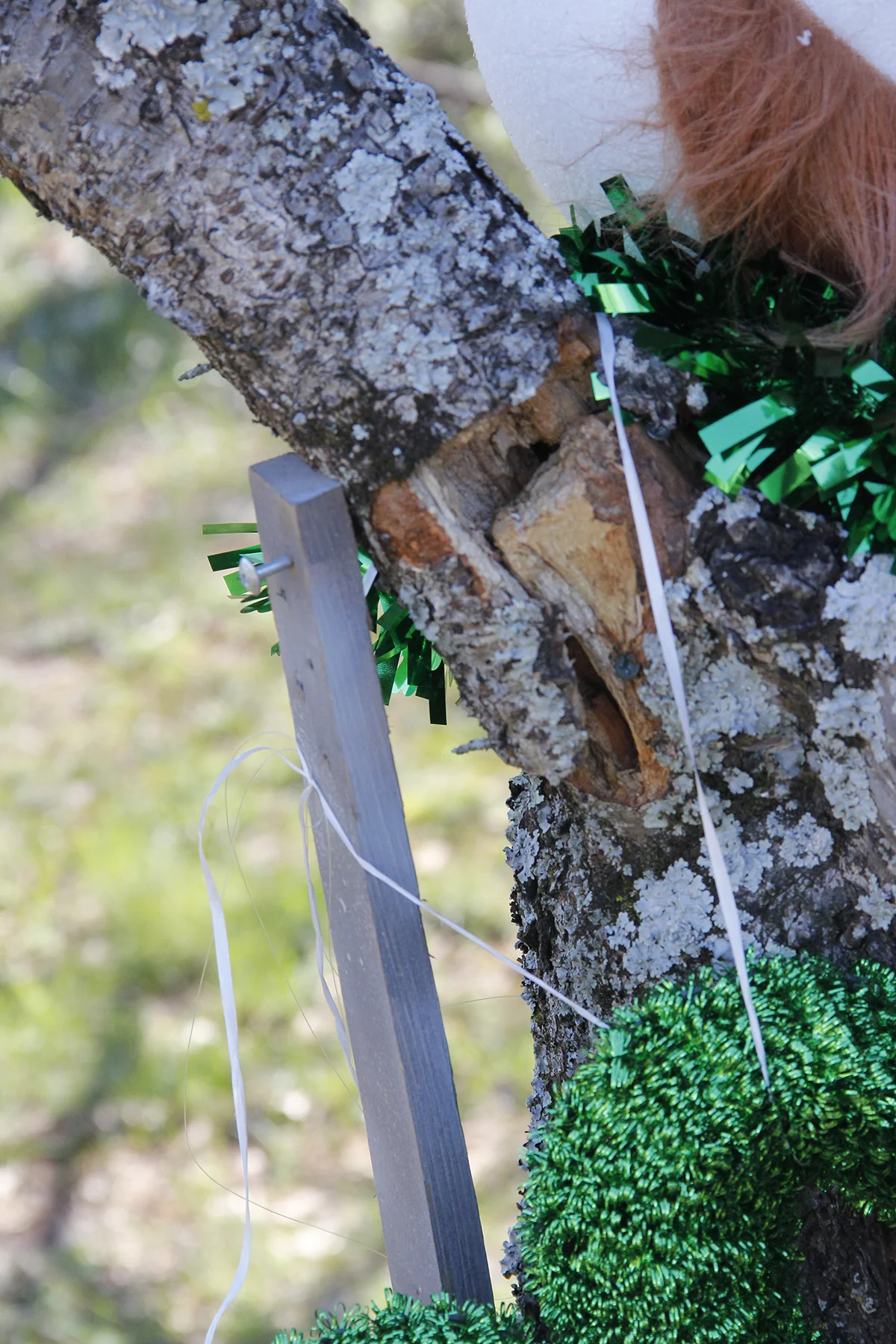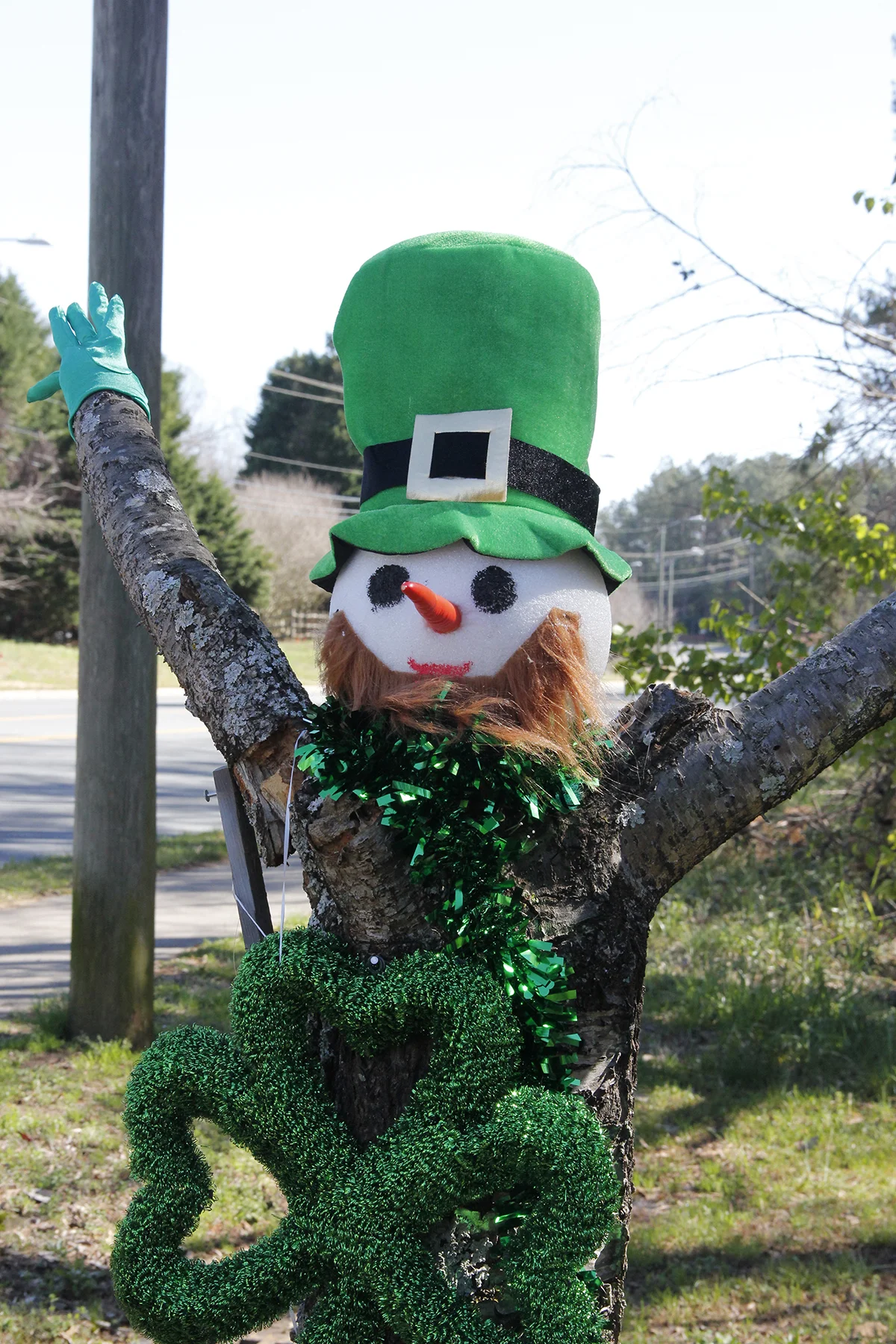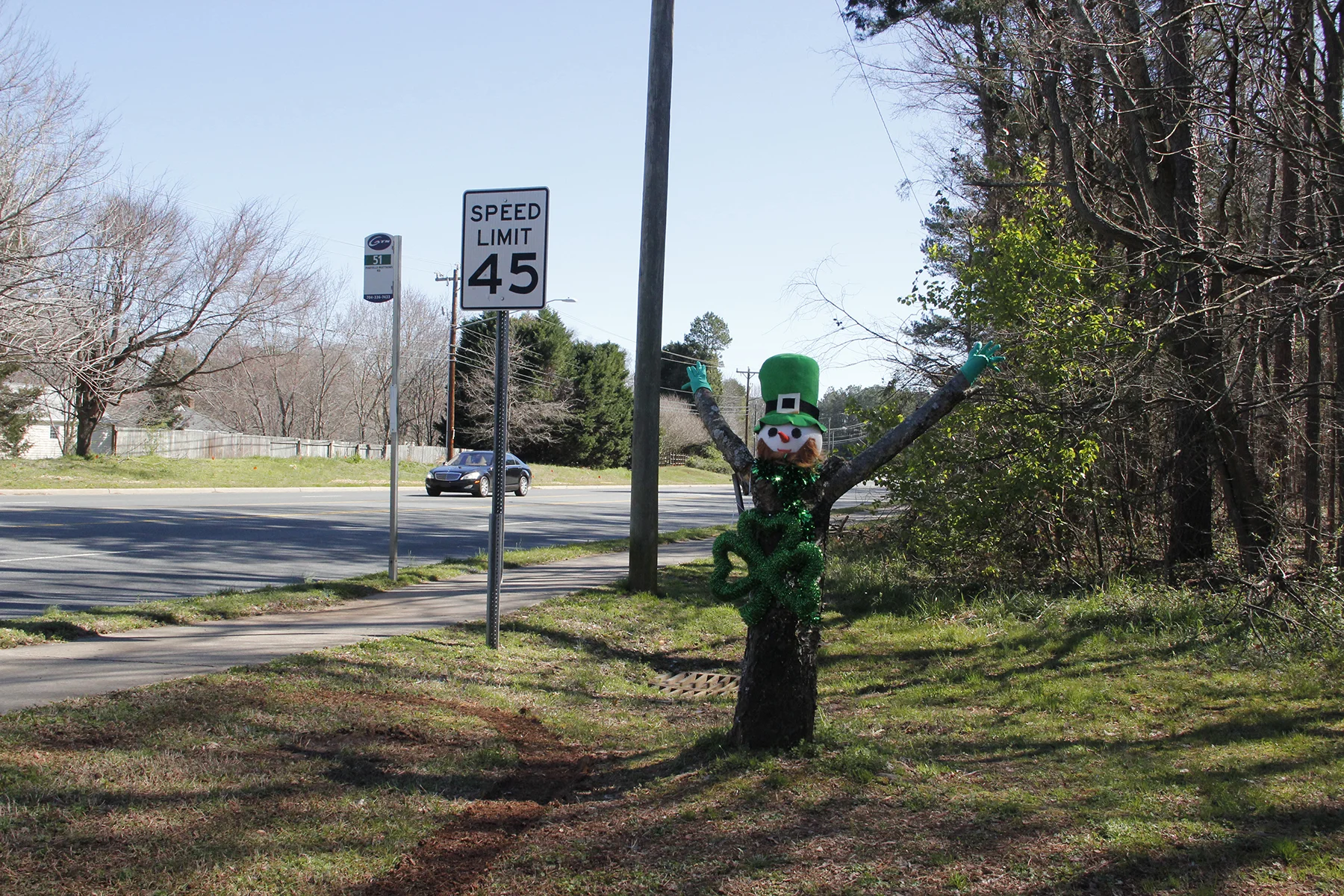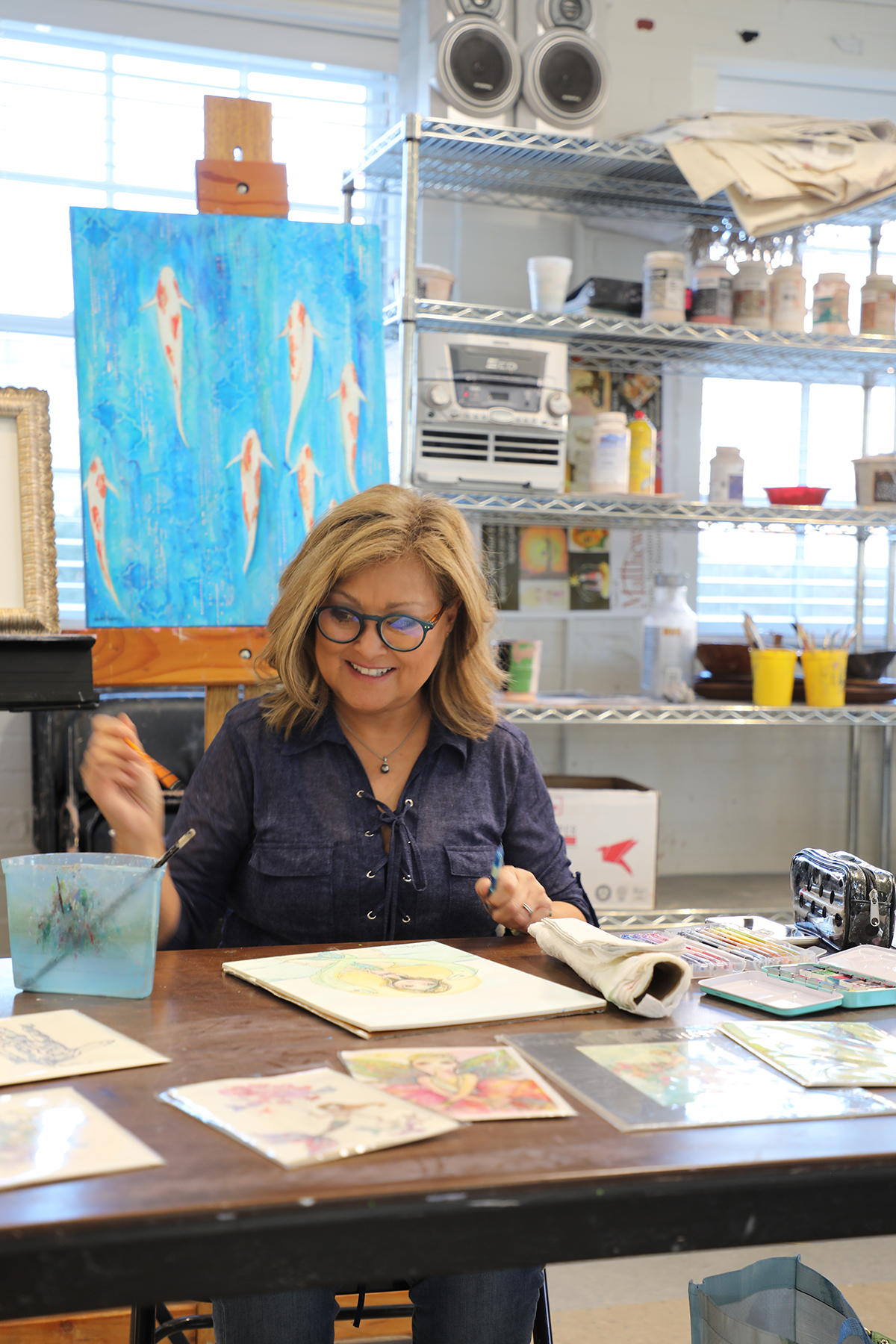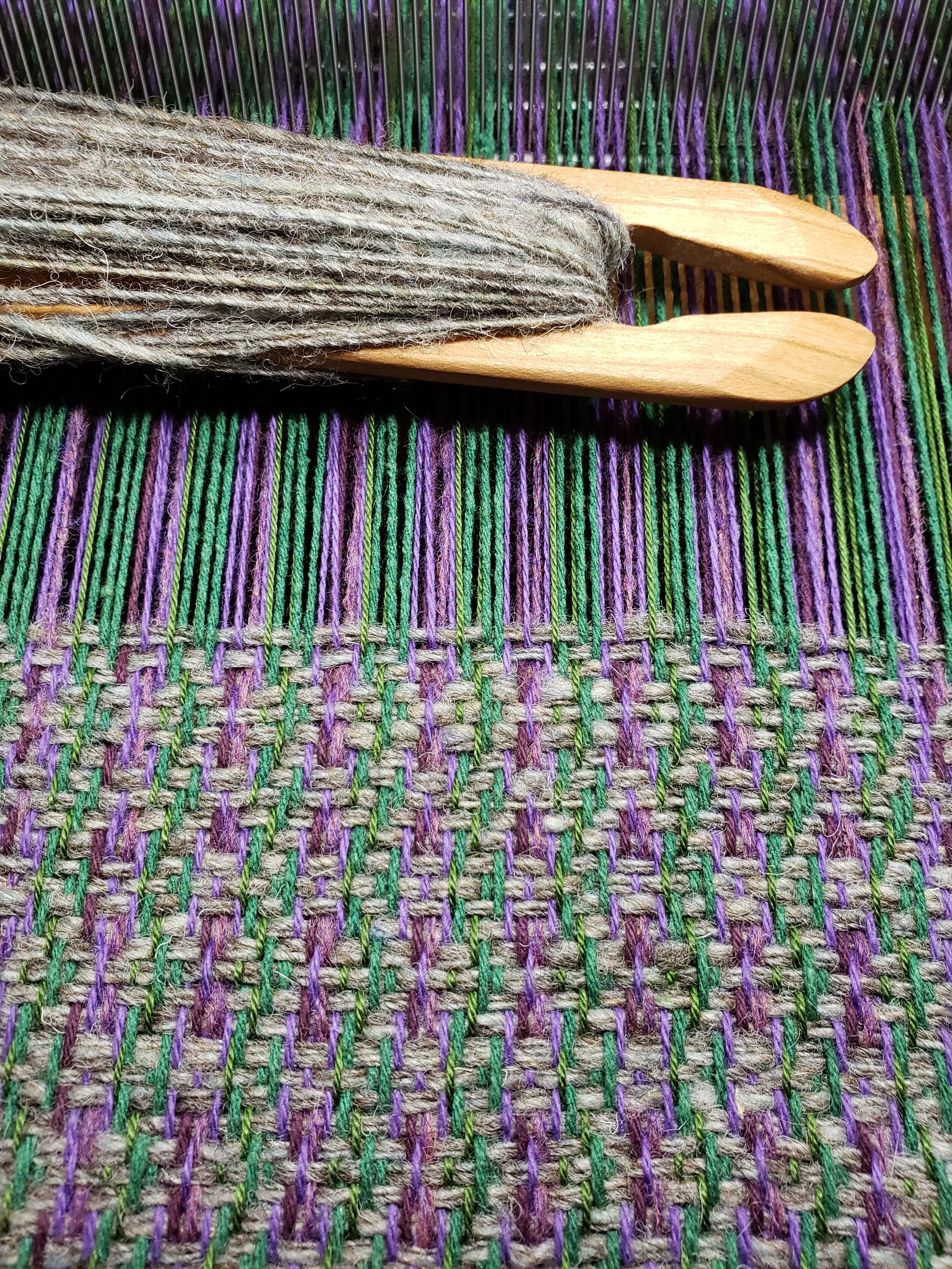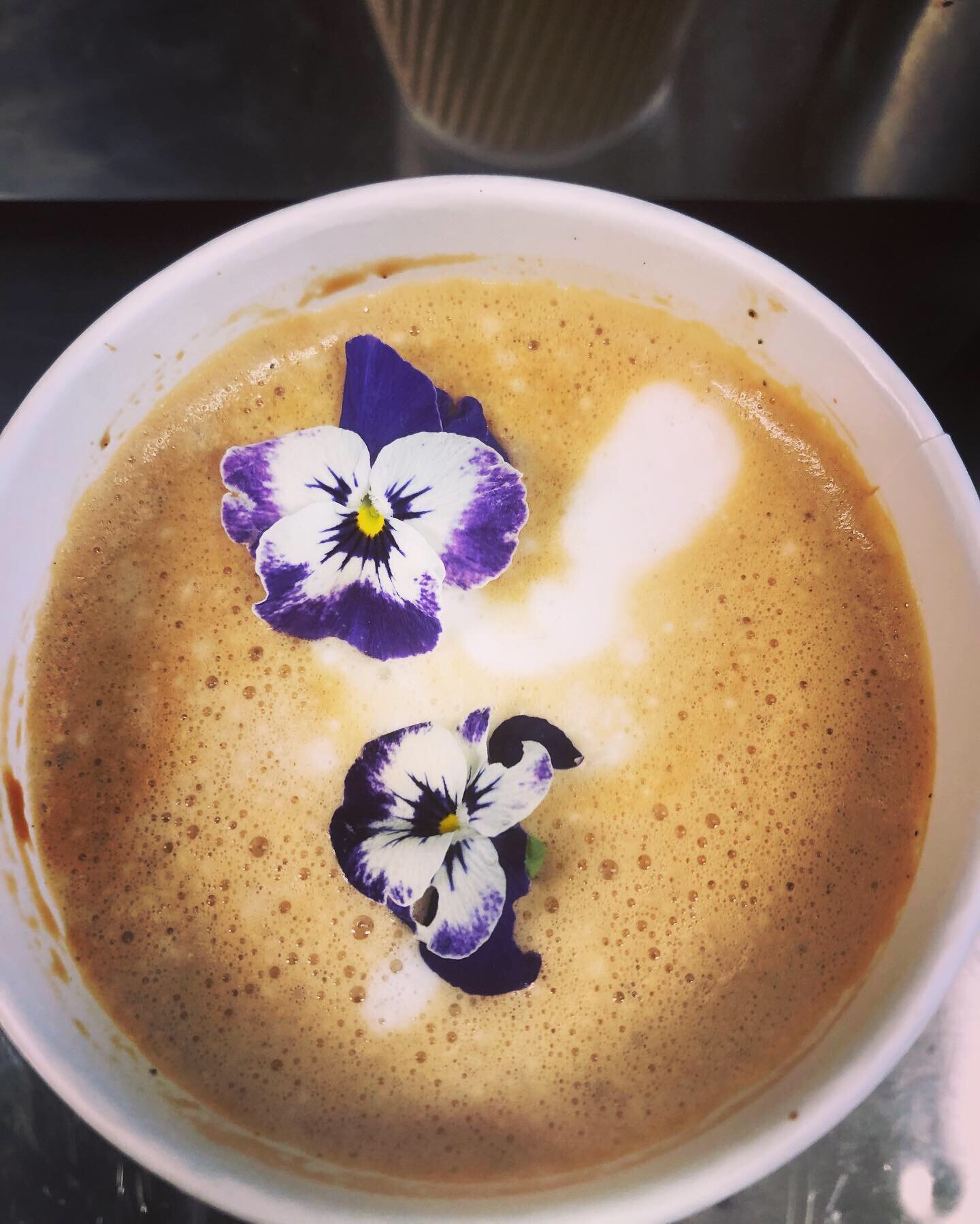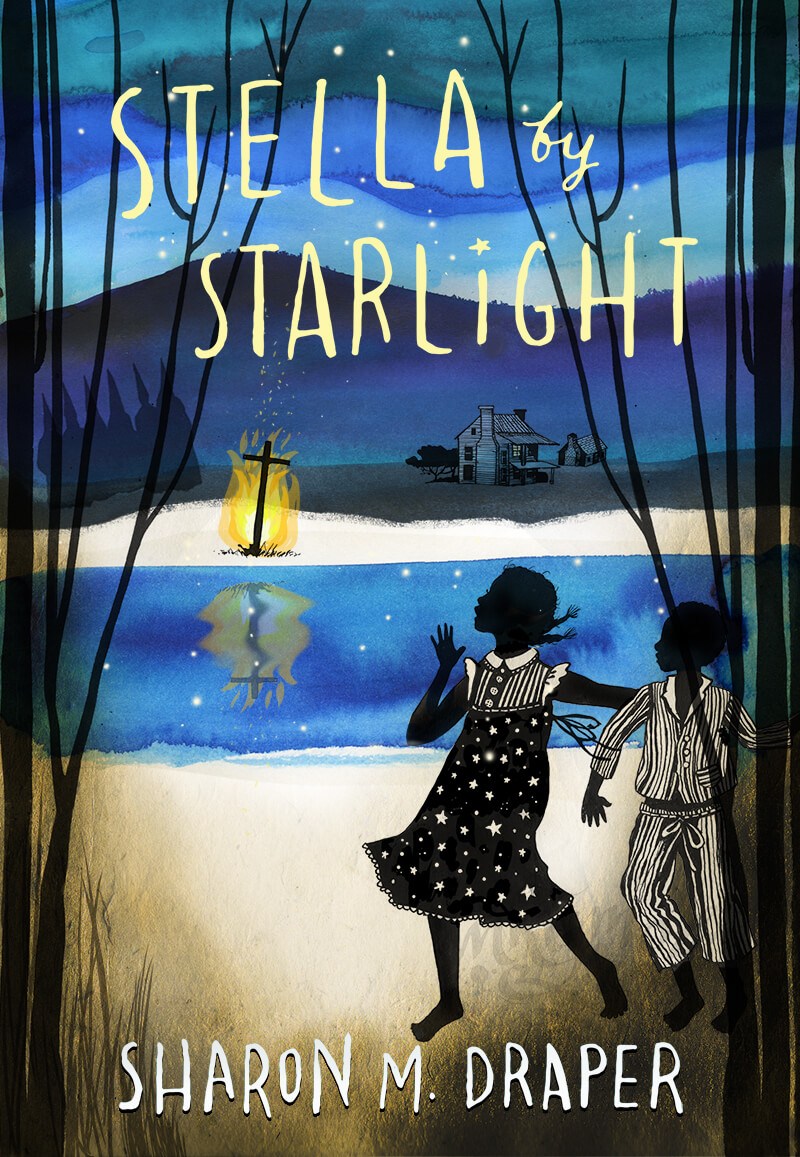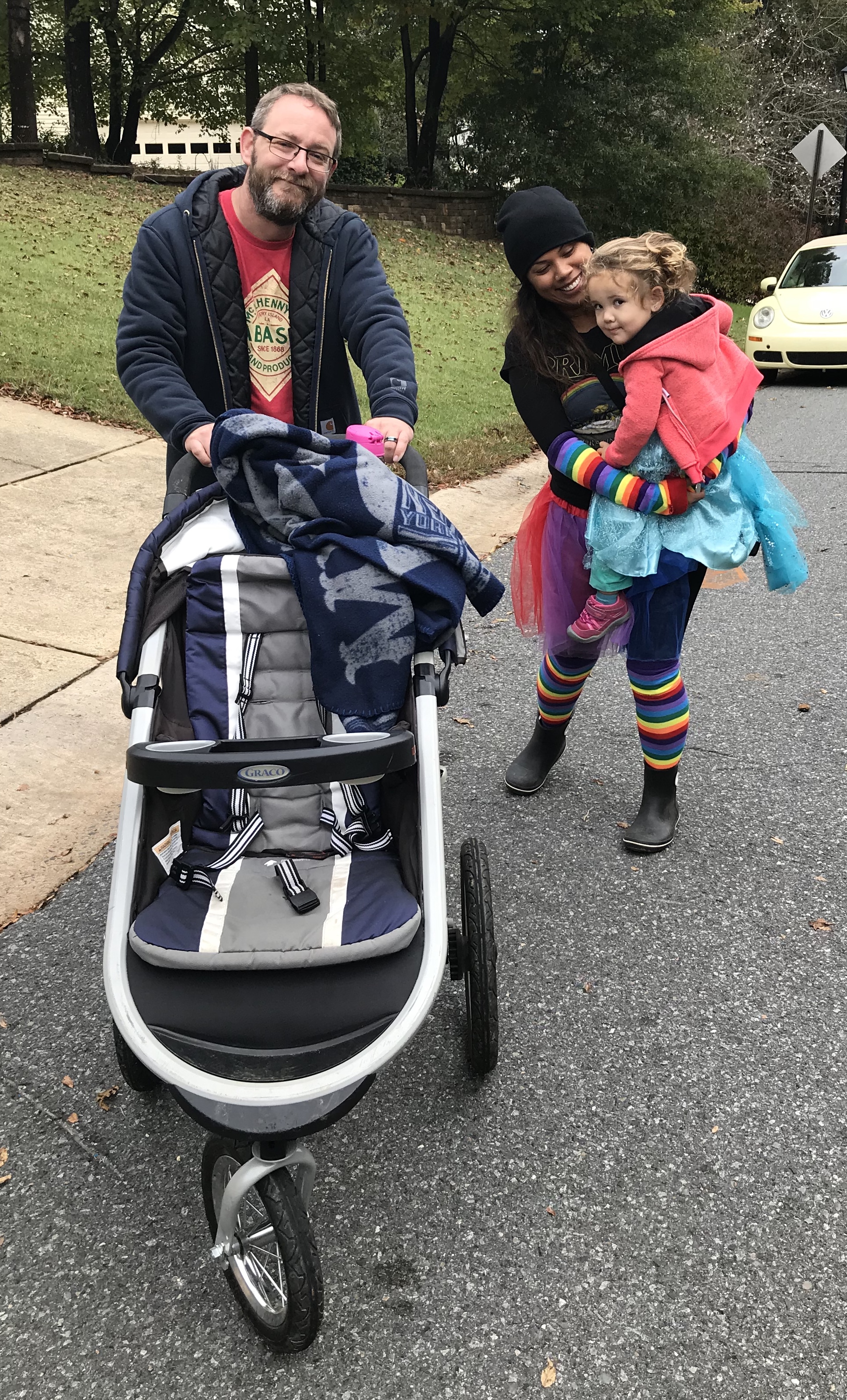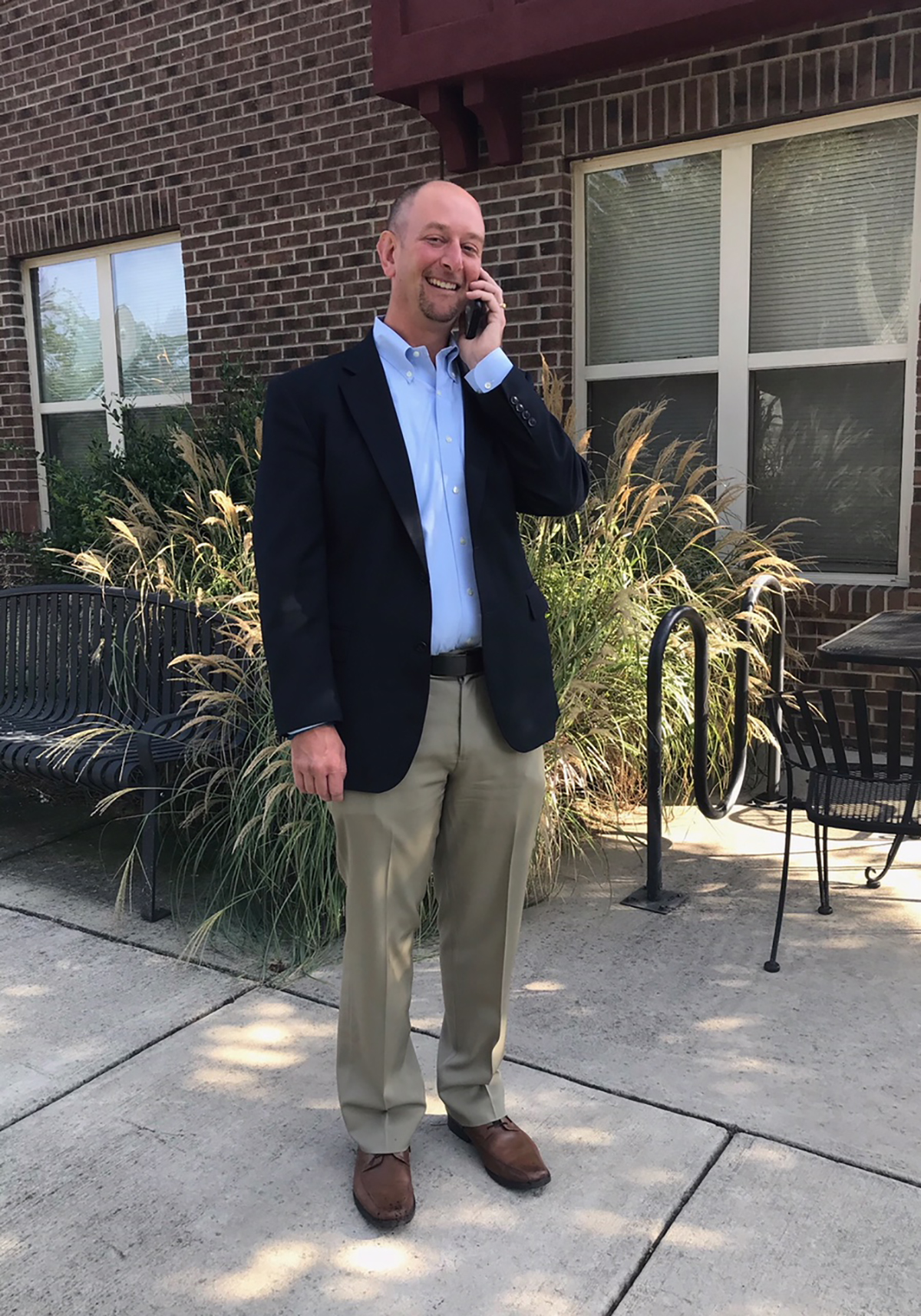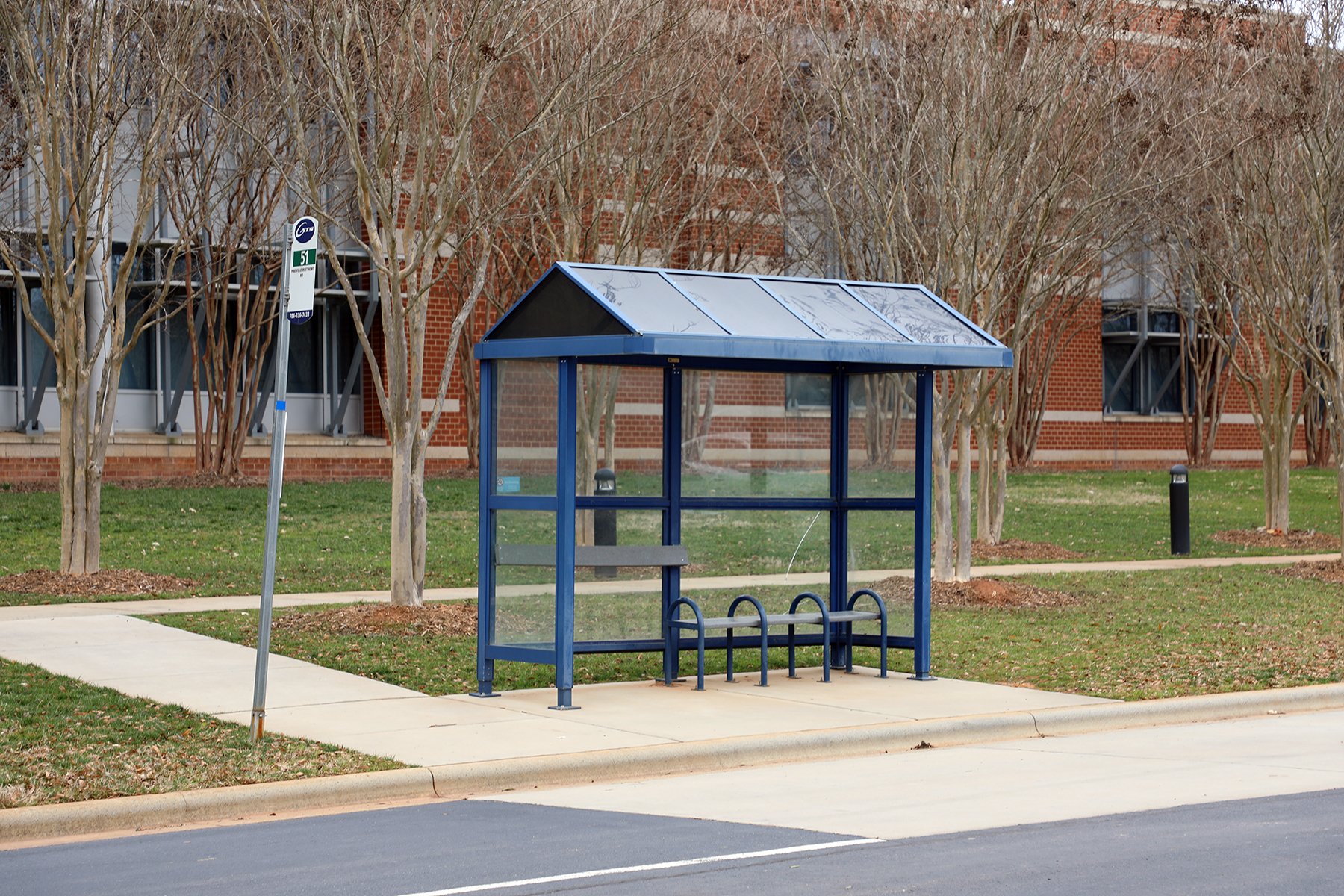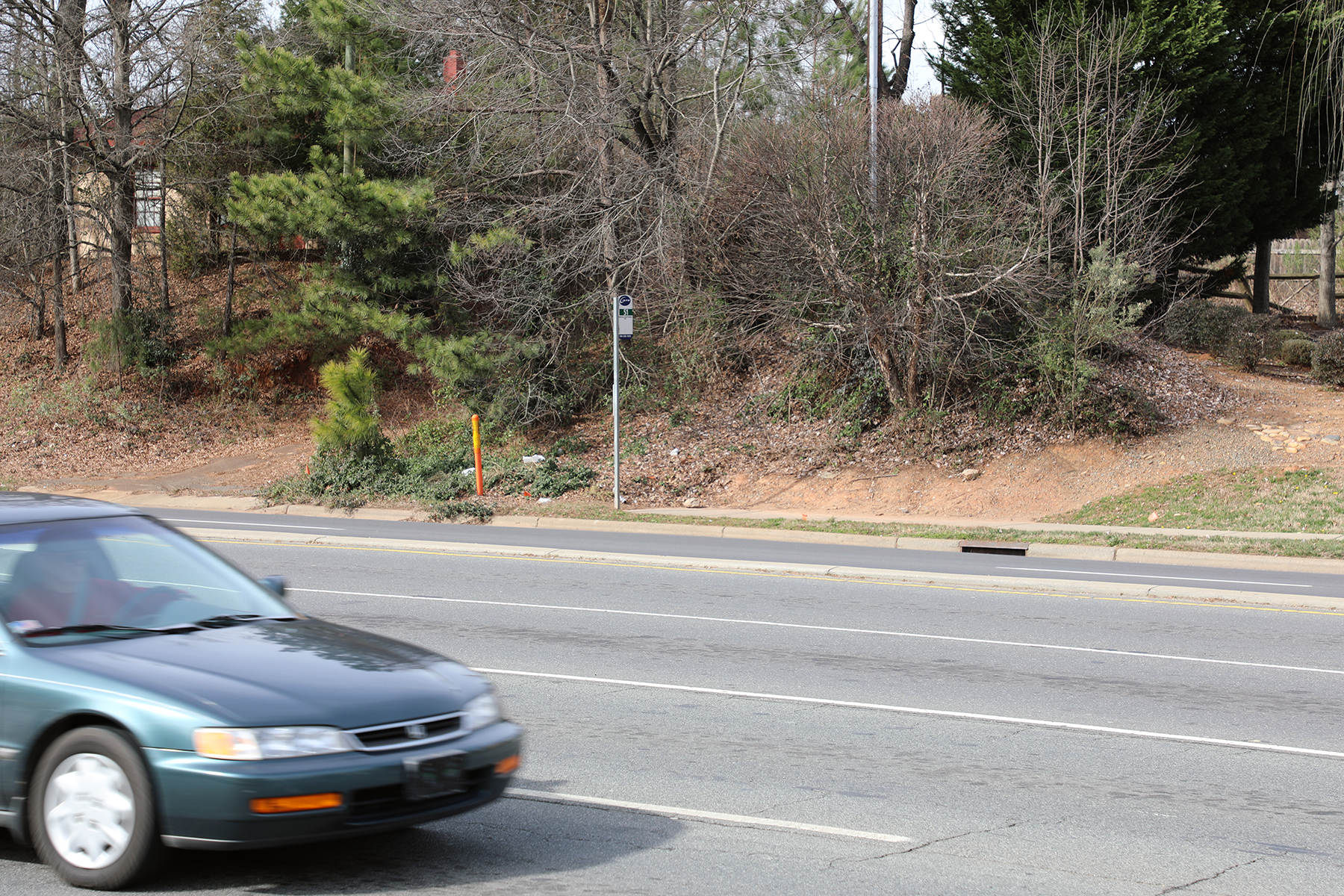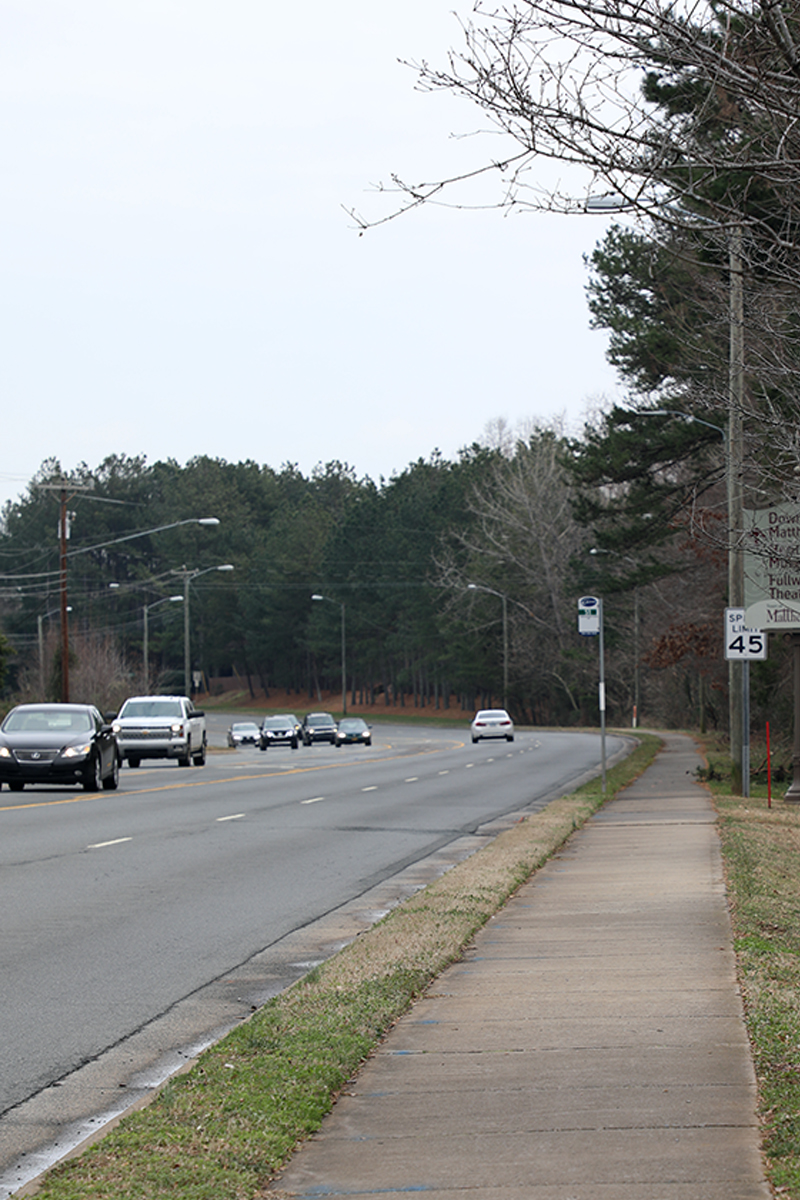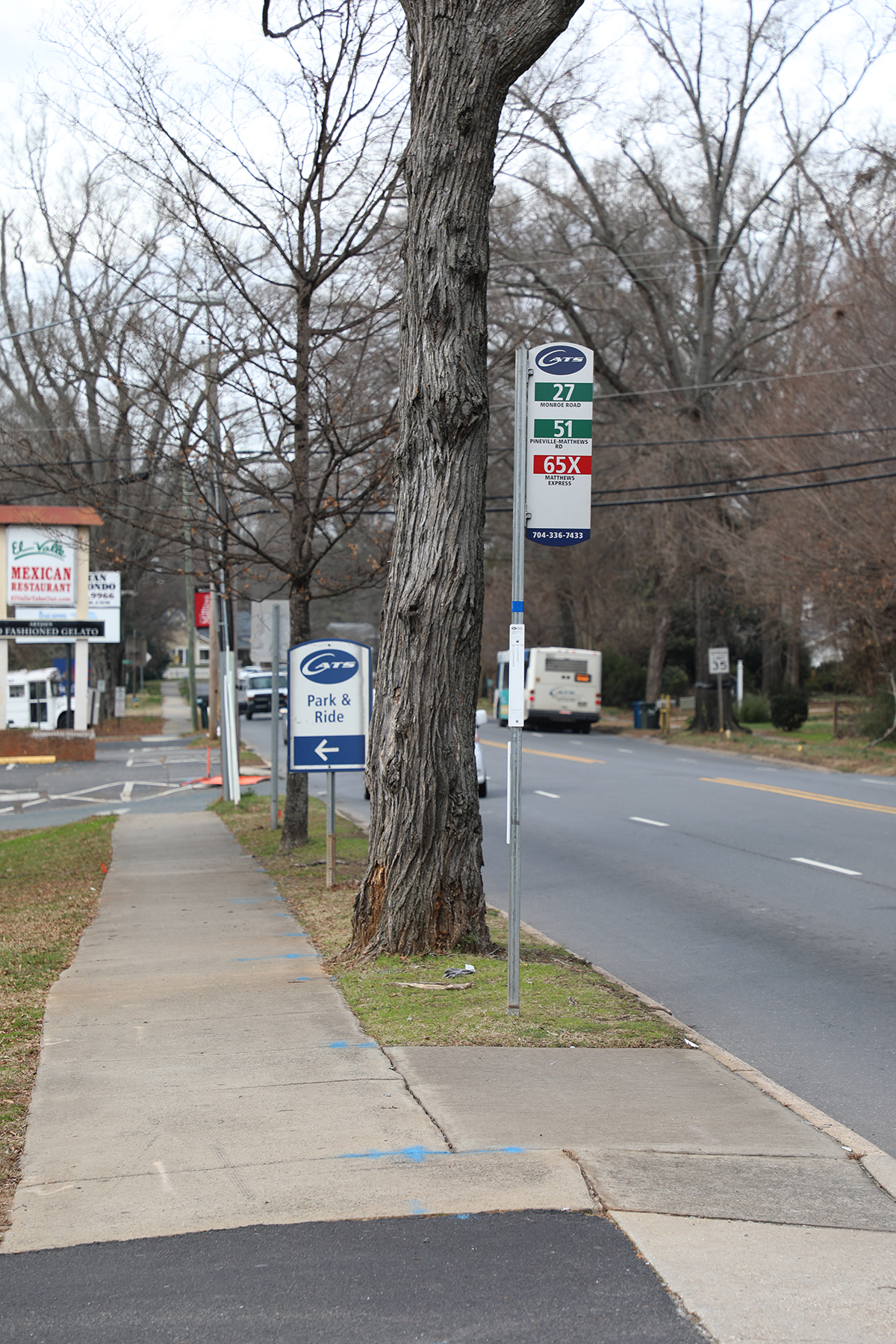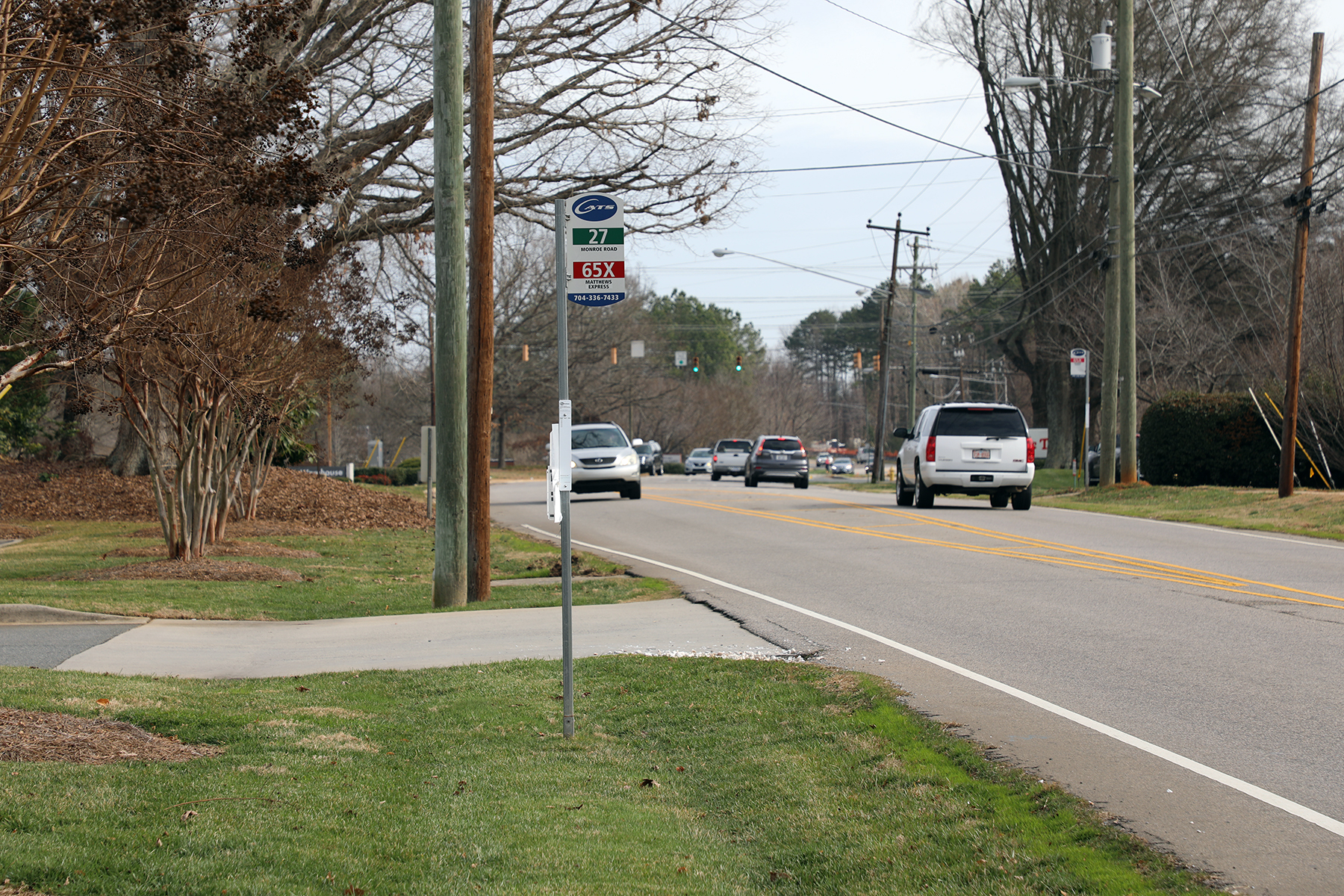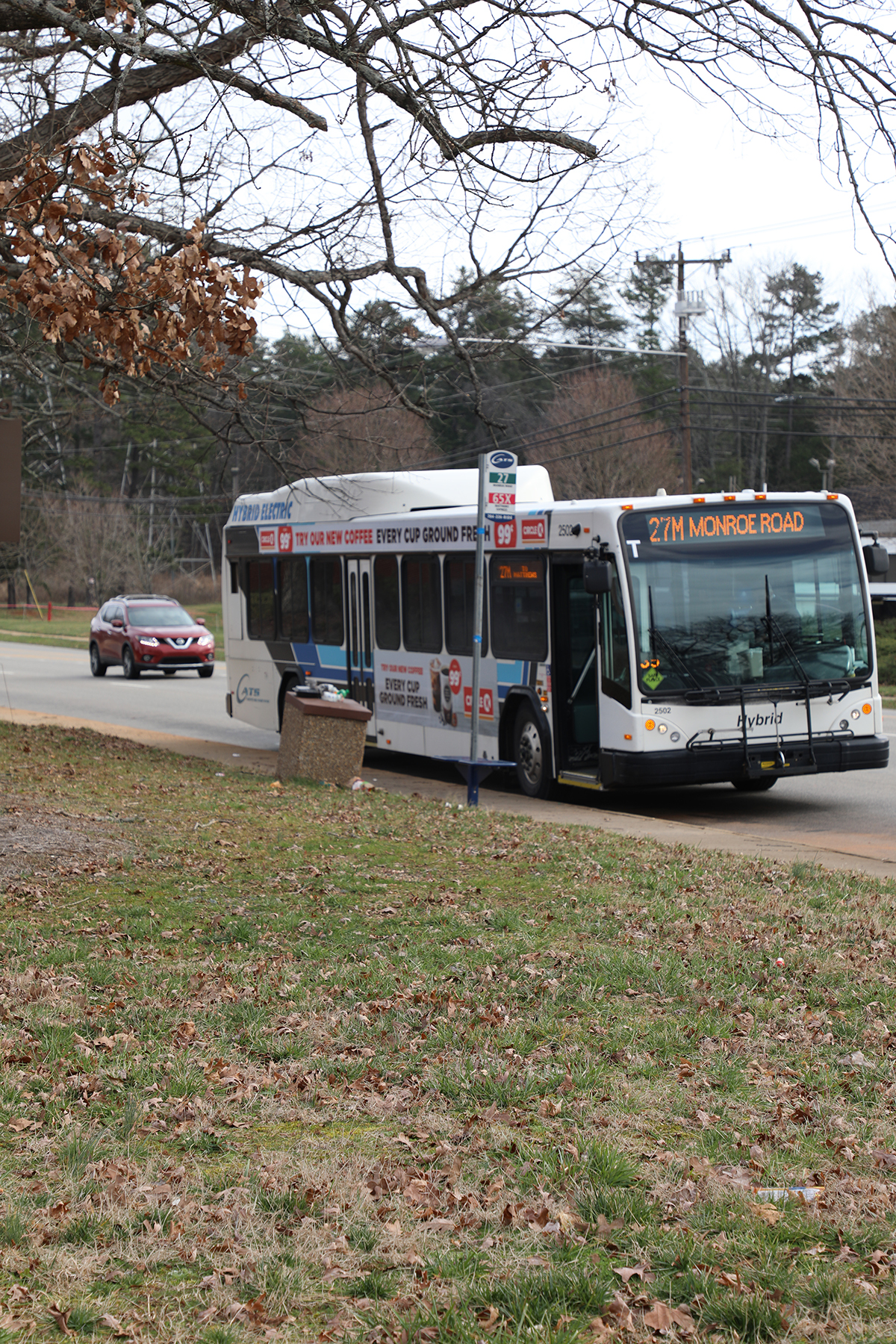The first Wednesday of every month a motley crew of ninety-something-year-olds gathers in a common room of the Willow Grove Senior Living facility for the Nonagenarian Club. With 23 residents in their nineties (and eight 89-year-olds), it's common for the attendees to change from month to month. Some are already friends, but many are meeting for the first time.
Willow Grove is more like an apartment complex with nice amenities than the drab “senior housing” of ages past. The residents are self-sufficient and come to the community rooms for social time (BYOB Happy Hour is an apparent fave). It’s an interesting dynamic when the group gets together: there are polite introductions and some small talk. Without facilitation, there’s no immediate topic that arises from a similarity in age. It takes time, casual conversation, and sharing stories, then the commonalities arise.
She fondly remembers her “uncle” Sam Newell - a family friend who carted her on the back of his mule to Doc Mac’s office (now Zab’s Place) when a copperhead bit her toe.
Both Ruby McLeod (nee Hargett) and Peggy Outen grew up in Matthews and have known each other for most of their lives. If you’ve been in Matthews a few years, you may recognize their “old Matthews” last names. Ruby was one of eight siblings, and the only one in the family delivered by the Dr. Reid. She fondly remembers her “uncle” Sam Newell - a family friend who carted her on the back of his mule to Doc Mac’s office (at the corner of Trade and John) when a copperhead bit her toe.
Others, like Jo Martin and Mary Bruce Austin, are from the area, but not Matthews specifically.
With more conversation, more commonalities arise. They all agree that they like Matthews, that the area is changing rapidly, and, after a recent group outing, Cheesecake Factory food wasn’t up to the hype.
Among the nonagenarians and centenarians, there are nearly three women for every man. Naturally, the majority of club members are women. This month, one quiet man sits at the head of the table: Tracy Johnson. Whether he wants to share or not, the others at the table have lots of questions followed by a little bit of teasing. Tracy, a career marine, has stories of flying past US Presidents in HMX-1 Helicopters and talks proudly of his three kids - all of whom graduated from UNC-Chapel Hill. At 97, Tracy spends his time painting and familiarizing himself with Matthews from the drivers’ side of a sporty red BMW.
Peggy Outen and Florence Ferko
This age group has lived through conflict, seen spouses off to war, and waited for their return home: World War II, Korean War, Vietnam War, and for the career military, the Gulf War.
Florence Ferko, a World War II war bride, married at 18 and followed her husband to the US. Her accent and mannerisms are still heavily British, and enjoys coffee served in a teacup. In contrast, Betty Hans was born and raised in Long Island to German immigrant parents. Hearing Long Island caught the attention of Ruth Koss, whose home was just outside of Newark, New Jersey. It didn’t take long for the conversation to shift to regional foods challenging to find this far south.
Aside from food, it’s the mention of the military that amps up the conversation. Marguerite Bonney’s husband spent two years in the army, Ruby’s husband was a POW in Germany for 15 months. Jo was born and raised in Charlotte but spent six years traveling with her Air Force-enlisted husband. The military connections make sense, though. This age group has lived through conflict, seen spouses and friends off to war, and waited for their return home: World War II, Korean War, Vietnam War, and for the career military, the Gulf War.
Despite disparate interests and hobbies, the commonalities have now been found, and the chatter is lively. The women discuss their travels, their kids (for those that have them), and the towns and cities they called home before Matthews. For Ruth, North Carolina just seemed like a good place to live. For others, they moved here to be closer to their families. Others still never left, showing their lifelong love of Matthews.
And that one man sitting at the head of the table, remains fairly quiet, simply enjoying the time with his fellow nonagenarians.
Tracy Johnson and Ruby McLeod
